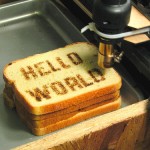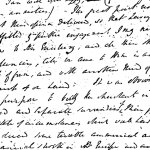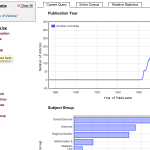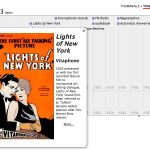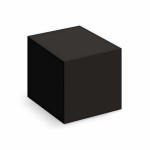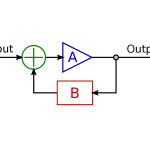Tuesday, September 13th
Overview: The digital humanities is a project-oriented field, and it’s quite collaborative in character. With these two things in mind, we’ll spend most of our first lab session reviewing some example digital humanities projects, looking for some others, and asking what—for our own purposes this term—we can learn from these examples, especially as you proceed toward modeling your own projects. That said, if what’s below seems like a lot, then no worries. This session will certainly not be the only time we review or reference these digital projects. It is merely intended as a survey to get our feet wet.
Reading Due: Prior to Tuesday’s lab, please thoroughly review and take notes on at least two of the following projects: (1) Hypercities, (2) Mapping Du Bois, (3) Mapping the City in Film, (4) The Map of Early Modern London, (5) T-RACES, and (6) the Seattle Band Map. As well as one of the following: (1) The Bracero History Archive, (2) Chronicling America, (3) Public Secrets, (4) Voices of the Holocaust, and (5) The Walt Whitman Archive. And, finally, one of the following: (1) HASTAC, (2) Play the Past, and (3) Digital Humanities Questions and Answers.
Assignment Due: Please bring your notes to class and be prepared to discuss (or be quizzed on) how these projects link form with content, how they affect your perceptions of both print and the web, and—most importantly—how they make arguments from humanities perspectives. One limitation of this exercise is that, to be sure, none of us is an expert in all of the archives and histories involved. Consequently, keep your notes focused on how, as an undergraduate learner, you might use these projects to produce knowledge. Why do these projects need to be digital? Or do they?
Outcomes: Determine some beginning steps for approaching and interpreting digital projects. Learn what features and tendencies are common across them and what (particularly when compared with print and analog materials) they can do persuasively and not so persuasively.
Friday, September 16th
Overview: The digital humanities likes to define and redfine itself. Why? Across definitions, what contradictions and tensions emerge? And, as undergraduates who are currently studying and participating in the field, what does the digital humanities mean to you? Based on your initial impressions, what is one word that best describes the field? (Be honest.) Finally, how would digital humanities research apply to specific issues on (or related to) the UVic campus? What are some of those issues, and how might we organize the term’s cluster-based inquiry accordingly?
Reading Due: (1) The “Day of DH” blog (read entries by at least three people), (2) “Getting Real” by Ian Bogost (follow links where appropriate), and (3) “The History of Humanities Computing” by Susan Hockey
Suggested Reading: (1) “Democratizing Knowledge” by Martha Nell Smith, (2) “What Is Humanities Computing and What Is Not?” by John Unsworth, (3) “I’m Chris. Where Am I Wrong?” by Chris Forster (comments included), (4) “Something Called ‘Digital Humanities'” by Wendal Piez, (5) “A Manifesto for the Humanities in a Technological Age” by Cathy Davidson and David Theo Goldberg, (6) “What Is Digital Humanities and What’s It Doing in English Departments?” by Matthew Kirschenbaum, (7) “A Genealogy of Digital Humanities” by Marija Dalbello, (8) “On Building” by Stephen Ramsay (comments included), and (9) “The Computer in the Humanities, Friend or Foe?” by James W. Marchand
Suggested Viewing: “Research without Borders: Defining the Digital Humanities” (below), care of Columbia University
Assignment Due: Come to class prepared to point us to a particular sentence (from any of the assigned readings) that you think is especially important, telling, or persuasive. Also be prepared to explain why you selected the particular sentence.
Outcomes: Articulate a few definitions of the digital humanities as a field. Determine at least eight issues (related to the UVic) to be pursued through a digital humanities lens during the term.
Index image care of Booksworm.
